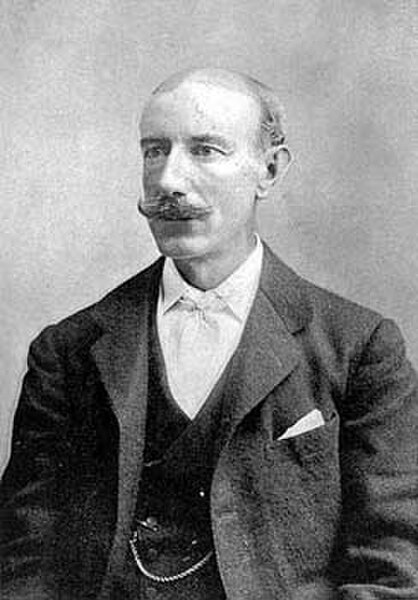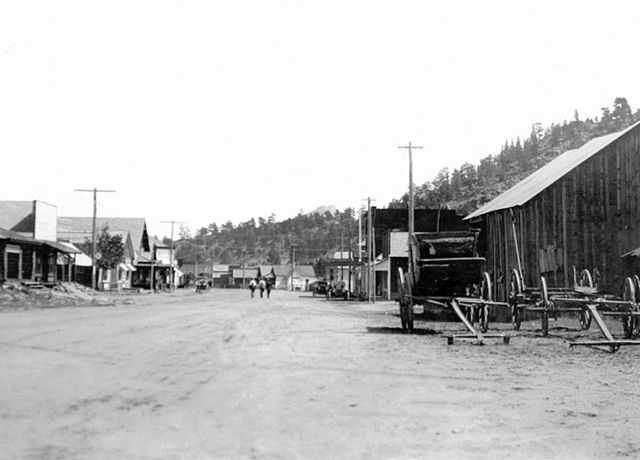The Stanley Hotel is a 140-room Colonial Revival hotel in Estes Park, Colorado, United States, about five miles from the entrance to Rocky Mountain National Park. It was built by Freelan Oscar Stanley, co-founder of the Stanley Motor Carriage Company, and opened on July 4, 1909, as a resort for upper-class Easterners and a health retreat for sufferers of pulmonary tuberculosis. The hotel and its surrounding structures are listed on the National Register of Historic Places. Today, the hotel includes a restaurant, spa, and bed-and-breakfast; with panoramic views of Lake Estes, the Rockies, and Longs Peak.
The Stanley Hotel
F.O. Stanley, the hotels founder circa 1910
The 4th Earl of Dunraven and Mount-Earl.
June 2008
Estes Park is a statutory town in Larimer County, Colorado, United States. The town population was 5,904 at the 2020 United States Census. Estes Park is a part of the Fort Collins, CO Metropolitan Statistical Area and the Front Range Urban Corridor. A popular summer resort and the location of the headquarters for Rocky Mountain National Park, Estes Park lies along the Big Thompson River. Landmarks include The Stanley Hotel and The Baldpate Inn. The town overlooks Lake Estes and Olympus Dam.
Estes Park Golf Course
Lord Dunraven (1841-1926), the famous Irish nobleman, politician and journalist, in later life. His ancestral seat was Adare Manor in County Limerick.
Albert Bierstadt was commissioned by The 4th Earl of Dunraven and Mount-Earl to make a painting of the Estes Park and Longs Peak area in 1876 for $15,000. The painting, originally displayed in Dunraven Castle in Glamorgan, is now in the collection of the Denver Art Museum.
Main Street, 1912







